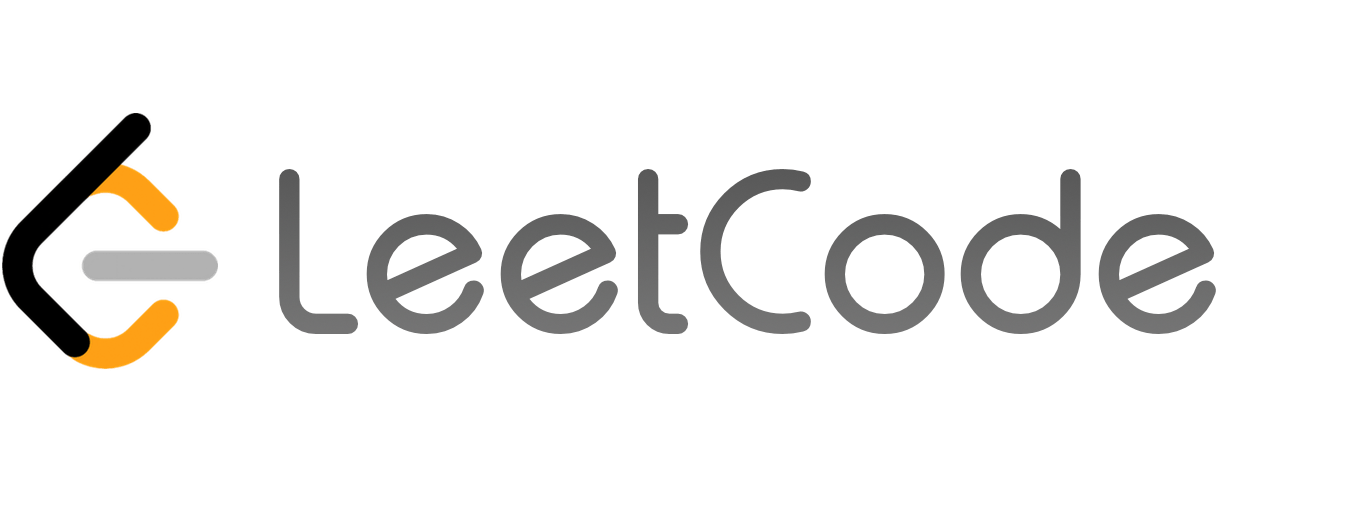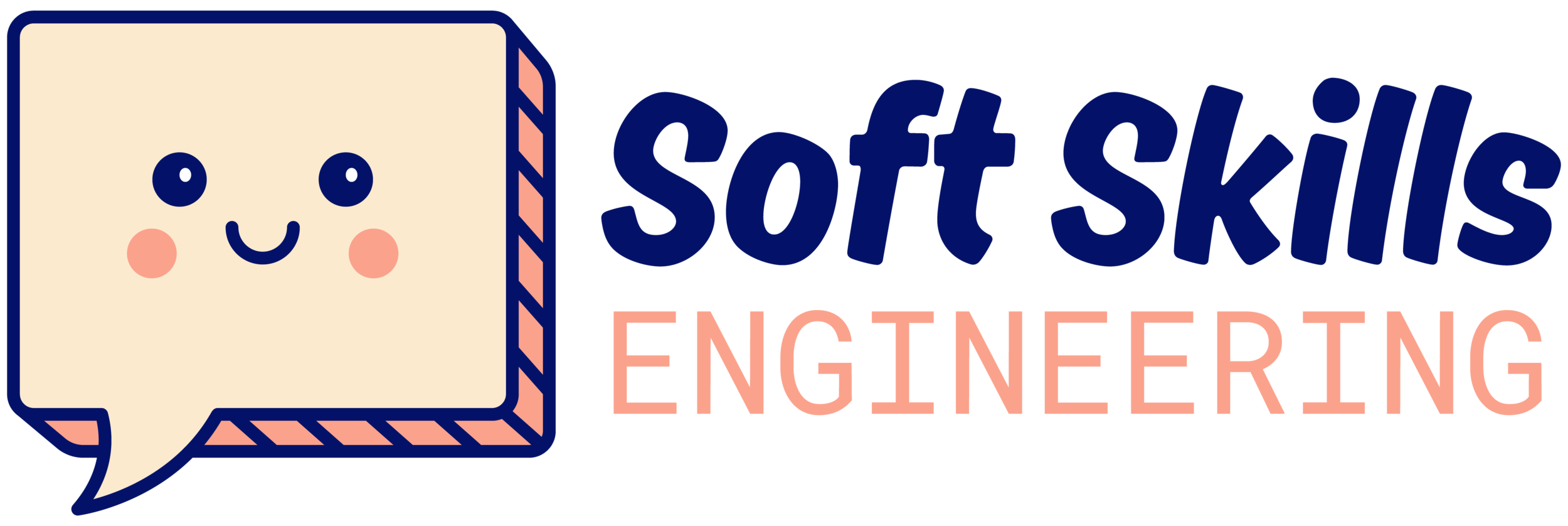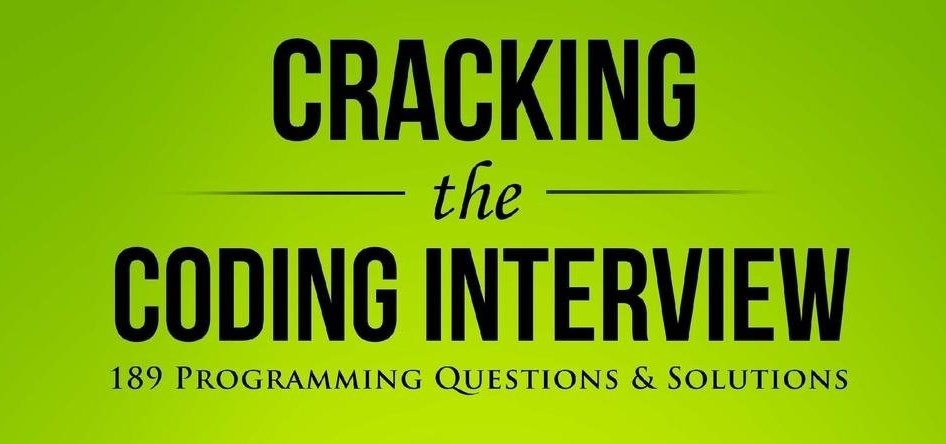Isn't there more to coding than algorithms? Aren't whiteboarding interviews bad?
Just as you shouldn’t rely on only one study technique, companies shouldn’t rely on only whiteboarding in an interview. It serves everyone best when combined with a variety of approaches. Lynne Tye (founder of Key Values) gathered thoughts on this topic from hiring managers at several prominent tech companies.
What skill level is this book for?
✔️ If you're somewhat familiar with data structures and have written a little code, you need this book. It will make things click.
✔️ If you're a C.S. grad or full-time programmer looking to brush up, you'll want this book too. No need to hunt down your old textbooks.
✔️ If you're a Bootcamp grad looking to continue your learning and prep for interviews, this book is filled with the things you are looking to learn next. It’s the resource I wish I’d had.
✔️ If you just want to color some nerdy diagrams… go right ahead.
✖️ If you've never seen code or don't know what a data structure is, you're not quite ready for this book.
I suck at coloring. Can I use this book even if I’m not an artist?
Yes. You will be surprised at your coloring skills if you give it shot! Feel free to email me for tips, or share your colorful creations! It’s easy, fun, and anyone can do it, even if you’ve never done it before. Way easier than reading textbooks, that’s for sure. :)
Who am I?
👋 I'm Annie. In 2019, after over a decade working in operations and HR, I made a decision that had been slowly working its way into my heart — it was time to learn to code! I quit a position I felt comfortable and confident in, at a cybersecurity startup, to start taking intro-level CS prep courses. My brain felt like it was melting for the first few months! But the hard work paid off and I and was accepted to Hackbright Academy, a full-time Software Engineering Bootcamp for women in San Francisco. After graduation, I stayed on for a year as a teaching assistant to help other women make their dreams of learning to code a reality. I also got to design and write some internal tools, test suites, and automated grading systems. I kept looking and looking for a coloring book of the concepts I had learned, and future concepts I needed to yet learn. I was disappointed when I couldn’t find one, feeling it was exactly the tool I needed, being a very visual learner. A few months later, the journey of creating the Coders Coloring Book began.
The Coder’s Coloring Book is the tool I wish I had, so I’m making it. For myself and for you!
When will it be available?
I am actively working on the Coders Coloring Book.
To stay informed, check here for updates or sign up for the email list below.
Thank you for your continued interest in this project and your patience, and if you’d like to help, please don’t hesitate to reach out. I am happy to chat!















